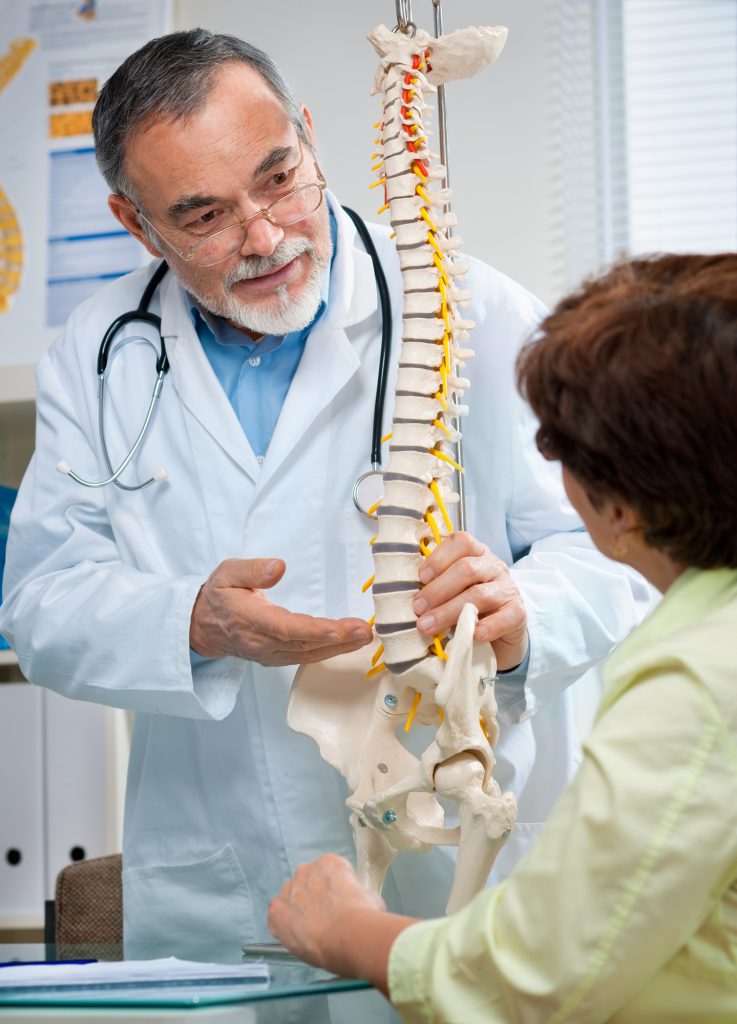YOUR BODY'S LIFELINE
The Spine is Your Body’s Lifeline
Chiropractors look for what’s wrong with the alignment of the spine and fix it. Therefore, chiropractic care is based on the premise that the spine supports the body, and spinal health becomes the foundation for excellent health overall. The spinal cord facilitates communication between the brain and the body. Every spinal nerve has a specific job involved with movements and sensations. These spinal nerves instruct the muscles on how and when to move. Additionally, they carry messages back to the brain, signaling that pain is occurring. The body’s nervous system includes the central nervous system and the peripheral nervous system. If you touch a hot stove, the peripheral nervous system sends pain signals to your brain via the central nervous system. Your brain sends back a message to pull your hand away. Both systems are essential to nerve signaling and function. The central nervous system carries movements, sensations, and thought processes from the brain to the body and back again.
This entire spinal cord-related nervous system is enclosed within and protected by the spinal bones (vertebrae). The adult spine contains 24 vertebrae and extends from the base of the skull to the pelvis. These include:
- Seven cervical (neck) vertebrae, labeled C1 to C7. These create a gentle inward curve at the base of the head.
- Twelve thoracic vertebrae, labeled T1 to T12, which move outward at the shoulders and back in toward the lower spine.
- Five lumbar vertebrae, labeled L1 to L5, which create the gentle arch at the small of the back.
The Cervical Vertebrae
The pressure created by misalignments and abnormalities at the top of the spine beneath the skull in the cervical region can affect the communication between the brainstem and spinal cord. The nervous system in the cervical area contributes to:- Breathing
- Maintaining the heart rate
- Overseeing muscle functions
- Poper circulation of the arms, elbows, and wrists
- Issues with asthma and lung health
- Vision problems
- Headaches, cluster headaches, and migraines
- Auditory sensations, such as ringing in the ears
The Thoracic Vertebrae
The thoracic spine extends from the top of the shoulders to the mid-back. The nerves extending from the thoracic spine reach throughout the middle of the body. The esophagus, lungs, and heart can be affected by the cervical and thoracic spine in different ways. The thoracic spine also connects nerves to the organs in the middle body, including the upper digestive system, adrenal glands, and liver. A chiropractic spinal adjustment here can benefit those areas of the body.The Lumbar Vertebrae
The lumbar vertebrae, found in the low back, are the last free-moving vertebrae in the spine. The sacral and coccygeal sections of the lumbar spine are fused and extend into the buttocks. The buttocks, groin, thighs, and legs are all anchored in the lumbar spine and the nerves that extend from it impact lower GI tract and reproductive organs. People who are experiencing neck or back pain at any level of the spine can get natural, drug-free healing protocols from a chiropractic professional. Medications may be designed to block or suppress pain, but chiropractic gets to the underlying cause of that pain safely.